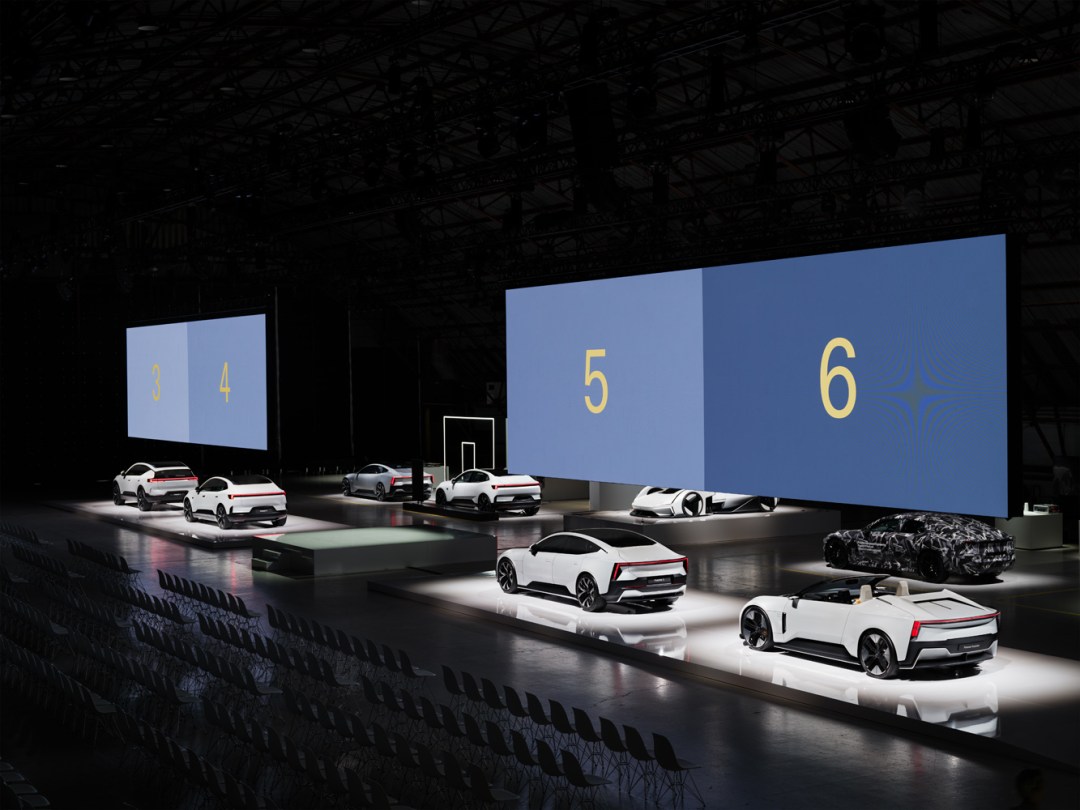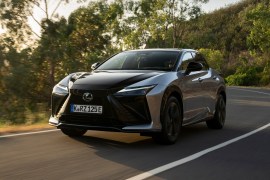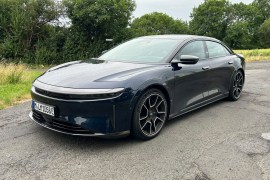How Polestar is going to end your charging anxiety
Polestar Day showcases key new developments including a better way to charge our electric cars

Polestar has unveiled a raft of forthcoming new EV tech aimed at improving the everyday usability of its growing electric car line-up. The one-off Polestar Day showcase in Los Angeles highlighted developments including improved autonomous driving capabilities, faster charging, and expanded vehicle-to-grid capabilities.
Although much of Polestar’s message is about how its models are aimed at driving enthusiasts, the Scandinavian carmaker also recognises there are times when you might prefer to let the car do all the work. That’s why the new Polestar 4 will feature level 3 autonomous driving capability thanks to a collaboration with tech company Luminar.
Its Mobile Eye Chauffeur uses LiDAR technology to deliver eyes-off, point-to-point autonomous driving on highways, as well as eyes-on automated driving for other environments adding an “extra layer of LiDAR technology,” according to Polestar CEO Thomas Ingenlath.



One of the most enticing parts the presentation-fest was outlined by Israeli battery start-up StoreDot. A new fast charging capability called XFC (extreme fast charging) gave hope to all of us who regularly despair about charging our EVs. Electric car owners will apparently be able to get 100 miles of range in just 5 minutes, without impacting battery health.
CEO Doron Myersdorf optimistically explained that charging anxiety will soon be a thing of the past, with car owners spending less time charging and more time driving. It’s not that far off being implemented in real cars either, with the tech set to appear next year in the Polestar 5.
XFC can also be integrated into existing battery formats, meaning development doesn’t rely on a battery pack design revolution. StoreDot’s XFC pouch cell charging demonstration was showcased alongside a new Polestar prototype battery module that integrates the XFC technology.
“StoreDot is making huge strides forward in the development of their extreme fast charging technology and we are a proud investor and partner in its evolution,” Ingenlath said. “StoreDot’s pioneering extreme fast charging batteries, combined with our upcoming top-of-the-line electric powertrain, can revolutionise the ownership experience for EV owners with the ability to recharge in minutes.”



Polestar also outlined its plans for large-scale vehicle-to-grid (V2G) projects. The Polestar 3 already features bi-directional charging, which lets it power gadgets around the home or push juice back to the grid. As part of its collaboration with innovators in the Scandinavian energy sector, Polestar is developing a Virtual Power Plant (VPP), which will enable multiple Polestar 3 cars to be connected at the same time and make better use of their power – while also making money for car owners.
“Vehicle-to-grid has the potential to not only benefit individual customers, but whole communities. The average car is parked 90% of the time. With the bi-directional charging capabilities of Polestar 3 and the Polestar VPP, we can explore business models and community solutions that can unlock the true potential of V2G and enable owners to support the energy transition when they don’t need their car for driving,” Ingenlath said during his keynote speech.
As a taster of things to come on the new model front, the Swedish carmaker gave journalists the chance to enjoy brief passenger rides in both the Polestar 3 and Polestar 4. Although the cars weren’t proper production models, they offered up a tempting glimpse of what to expect once they arrive including, in the case of the Polestar 4, what it’s like to be in a coupe-style car with no rear window.


Considering it’s got a blanked out rear area, the Polestar 4 feels surprisingly light and airy, thanks in the main to a full panoramic glass sunroof. Views out the back are supplied via roof mounted cameras and an electric rear-view mirror, with no obvious detrimental effect for the driver. While it might not be to everyone’s taste, the idea underlines Polestar’s determination to do car design just that little bit differently.
With sales on the up, there were also details of expanded manufacturing plans for the Polestar 4 at a new facility in South Korea as well as an existing facility in China.



